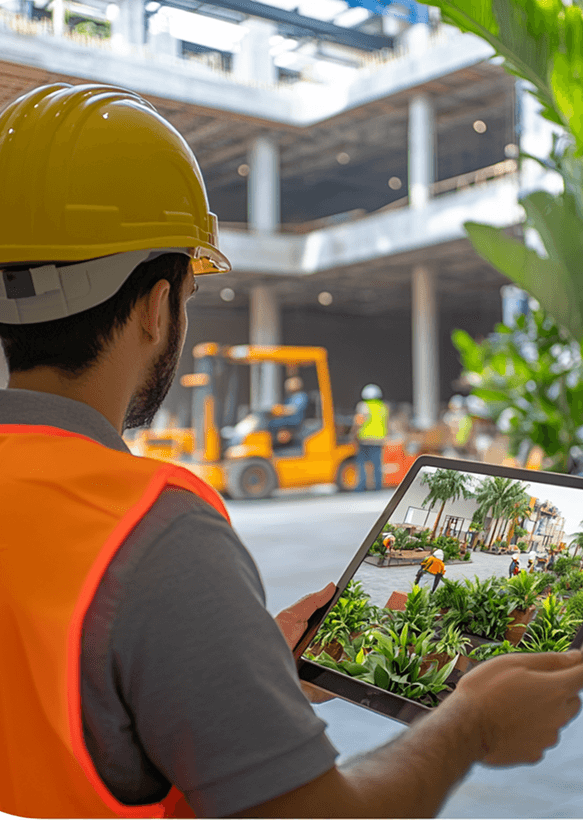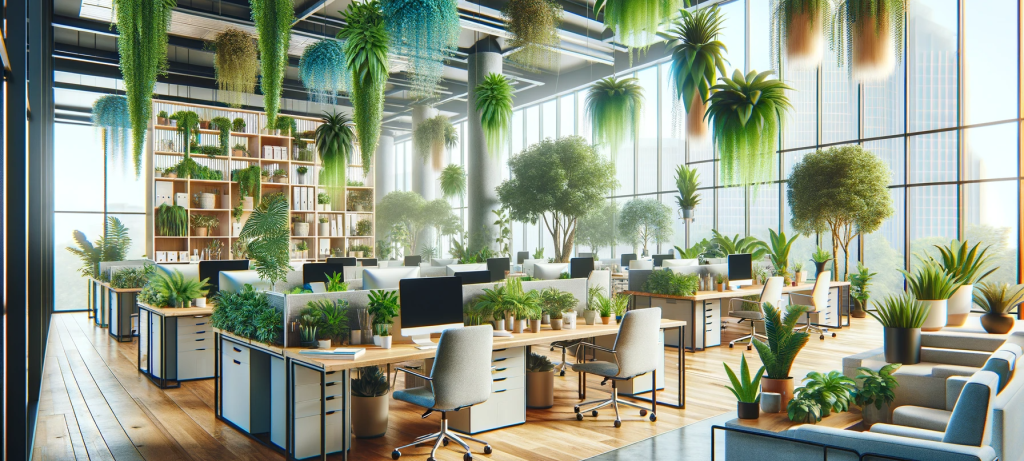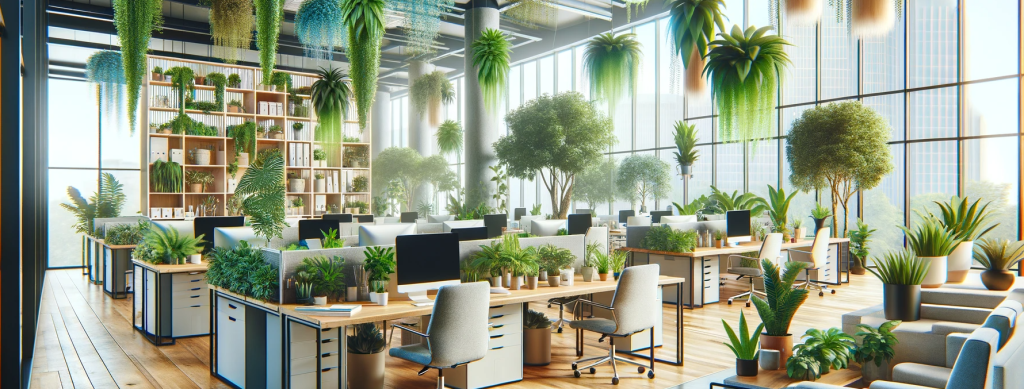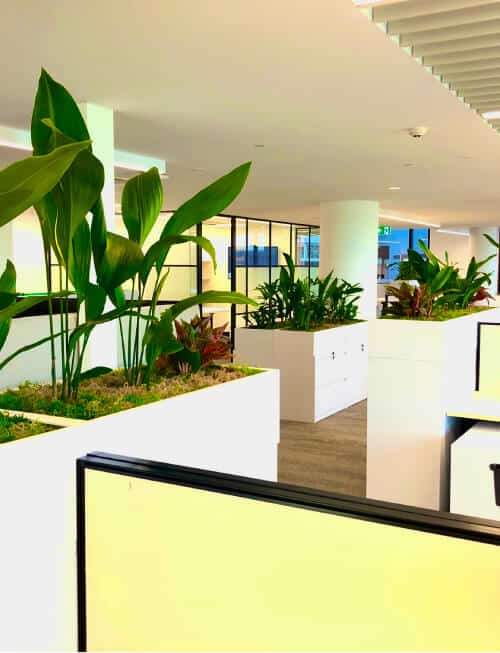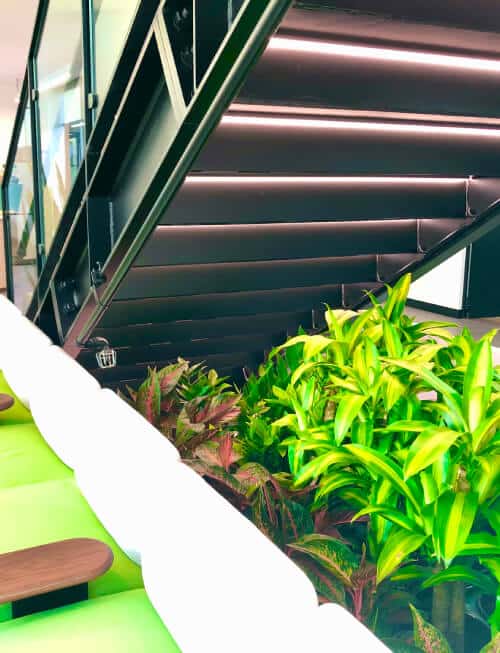There are eight basic steps to purchasing plants from Bunnings, and a number of them start before you even get into the store!
If you are going to buy your indoor plants from Bunnings or other garden centre or nursery, there are a few things to consider before you start:
- Where is the plant to go?
- What are the environmental conditions for the plant?
- What three types of plants would you accept?
- Research the soil requirements for each plant.
- How are you going to transport the plant?
- Pick the healthiest and fullest looking plant for the stock
- Check where the plant has been stored
- Buy soil (peat and perlite if required) and slow release fertilizer to repot
If you can follow these steps it will give you the best opportunity to have the right plant in the right plant with correct growing material optimising the chances of your plant not to just survive but flourish.
1. Where is the plant to go?
You will need to be clear on where you want the plant to live and why you want the plant to be there.
There are a number of design, functional and aesthetic features you will then need to take into account;
- Scale – How tall is the ceiling? Is it against a long bare wall? Is it in a corner or next to a chair or lounge?
- Is the plant going to be by itself or are you clustering a number of plants together which is a current styling trend? If so you will need to look at staggering heights, shapes and textures.
- Shapes and colours in the room
- Is it a seated, standing or walkthrough area?
- Are you trying to make it a calm space? If so a fatter, softer leaf is recommended.
- The view of the plant – a plant in the centre of a room will need to be 360 degree plant, meaning it will need to look good from all angles like a Mother In Laws Tongue, where as a Strelitzia has a front and back side.
- Is there area going to be a high traffic zone? Plants like the Peace Lilly will struggle in high traffic areas with a more delicate leaf, the Zanzibar Gem though is very hardy.
- Screening – If you are looking to screen an area and using the same plant, you will need to ensure you get the plants all of the same height and fullness, plants slow growth indoors and will not become uniform like an outdoor hedge of Murraya.
2. What are the environmental conditions for the plant?
The major consideration here is the light. A plant in an east facing window will get nice morning light, this is the most gentle light of the day and is good for most indoor plants, the plants with higher light requirements such as the popular Fiddle Leaf Fig or Succulents will not fair well in these light conditions.
West facing windows get the harshest sun for the day, in this type of lighting condition you should look for hardy plants, succulents, Mother In Laws Tongue, Zanzibar, Crassula Jade and your tree like plants such as Ficus Emerald. Your softer leaf plants like the Peace Lilly and Aglaonema can become sun bleached and get scorched in the heat. Look for a good quality liquid fertilizer to deal with sun bleaching.
North facing windows can give a great even light throughout the day whilst being shaded for the harsh afternoon sun. Most plants will thrive in this space, this is where you would look at putting your Fiddle Leaf Fig.
South facing windows will little to no direct sunlight and will be relying on the ambient light. Look for plants that will require low to medium light such Happy Plant, Dracaena Marginata, Peace Lilly and Aglaonema.
The other consideration is the pot, this is the house your plant is going to live in. First thing to check is that the pot is an indoor pot, easiest way to check is to see if it has a hole in the bottom, if it has a hole its generally an out door pot. If this is the case look at filling the hole with a sealent. If your pot is pourous like a stone or concrete you will need to use a bituman based waterproof solution.
If you are going to direct plant into the pot, google Mona Tanks and look to either purchase something similar or build your own.
3. What three types of plants would you accept?
We choose three as there are growing cycles through the year and sometimes from a particular grower a particular plant is just looking better than the other varieties. It is like going into a fruit shop to get a banana but they all look pretty uninviting but the granny smith apples look fresh and appetising so you pick one of those instead.
This is where our friend Google comes in, look for the options of plants that will fit the environmental conditions of the location and match one of these to the style you are trying to achieve.
4. Research the soil content for each plant.
You will generally want to repot your plant when you get it home, research the best soil composition of each of the plants and watch some videos on how to repot the plant. The other reason for this is some growers are put under the pump and need to rush stock out the door, in this case they may just use normal potty mix soil rather than a heavy peat mix required for a Zanzibar Gem. If you were going to keep the plant in its current grow pot you need to know the correct composition.
5. How are you going to transport the plant?
- Are you physically going to be able to fit the plant in your vehicle?
- If you are using a trailer what will the plant look like after travelling in an open trailer at 60km/h?
- Will you be able to move and lift the plant when you get home?
- Do you need a trolley?
- How is the access to your home and will you be able to get the plant inside?
- Do you have cardboard or tarp to lay down to control the dirt, water and other mess?
This is one of the most important questions, there is no point spending money on a beautiful full and tall plant, only to crush it whilst squeezing it into your car.
6. Pick the healthiest and fullest plant in stock
Just like picking fruit and vegetables you want to pick the best stock and your gut will generally tell you what looks good or not, here are some things to look for when picking your plant
- Look for plants that are multi planted, for example, the Fiddle Leaf Fig can sometimes be single planted i.e have only one stem. With the massive saucer-like leaves if one or two of these drop off the plant can look bare, with a multi planted Fiddle Leaf Fig you have a greater margin for error in looking after the plant.
- Yellow tips can be a sign of water stress either over or under
- Curled leaves can also show a sign of underwatering
- You want to the plant to be full with an abundance of foliage (generally you will see some degradation of the leaves in the initial month or two as the plant adapts to the new environment)
- Is the soil content correct?
- Are there any white or dark spots on the leaves? This could indicate pests.
- Does the plant have a front or back? Are the leaves growing in a particular direction? This would indicate the plants have not been rotated and have been growing toward a light source.
Do this for each of the three plants you would use and pick the one you LOVE!
7. Check where the plant has been stored.
If your plant is going indoors then you would have a preference that the plant you are going to purchased has been stored indoors as well. Plants are very sensitive to changes in conditions if the plant is on show outdoors ask an employee how long they have been outside for. A day or two won’t matter but if it has been over a week and you will be putting it into a low light environment it may cause some issues.
8. Buy Soil (Perlite and Peat if required) and slow release fertilizer to repot.
You’ve just forked out on a new plant, you want to look after it!
Spend the money and get a good quality soil mix and add in some slow release fertilizer. You never know when the last time the soil has been refreshed now you are starting a new with great new soil.
This will also ensure that there are no pests contaminating your soil.
If it is a mix you require with Perlite and Peat again spend the money on a high quality product, this is the growing medium that your plant is going to thrive in for the next few years, spending money on the set up will give you better results in the long run.
Check for water before grabbing the watering can. The soil should be dry about 5cm down, not just on the surface. Water thoroughly, letting it drain out the bottom of the pot into a sink or bucket. Don’t let the pot sit in a saucer of water when you are done.
